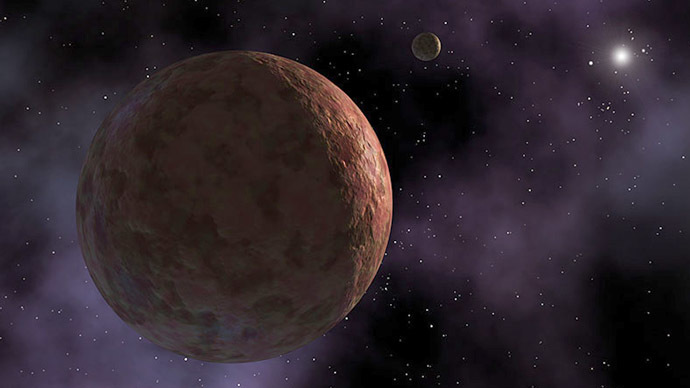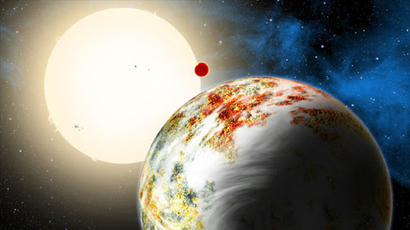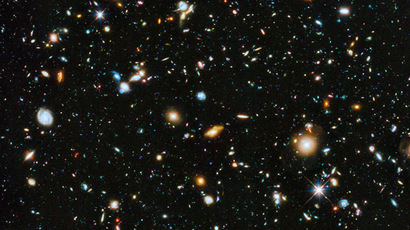Astronomers get new alien hunting tool

The search for alien life may have received an important boost from scientists who have designed a new tool that can more effectively detect methane on other planets.
Since living things produce the vast majority of the methane found on Earth, detecting the chemical compound on other planets would be the clearest, possibly easiest way to pinpoint worlds hospitable to extraterrestrial life. With the new model in hand, astronomers are hoping the search for methane becomes much easier, even on planets with much higher temperatures than Earth.
The new spectrum was designed by scientists at University College London and the University of New South Wales in Sydney, Australia. This new model is capable of detecting whether or not methane is absorbing light at nearly 10 billion different spectroscopic lines – a range that’s 2,000 times larger than previous methane spectra. With each line composed of a different color, astronomers will be able to gather much more detailed information about methane density across a wide variety of temperatures.
Additionally, the new methane spectrum can identify the molecule at temperatures as high as 2,228 degrees Fahrenheit (1,220 degrees Celsius).
“Current models of methane are incomplete, leading to a severe underestimation of methane levels on planets,” Professor Jonathan Tennyson, who co-authored the report on the tool, said to the Daily Mail.
“We anticipate our new model will have a big impact on the future study of planets and ‘cool’ stars external to our solar system, potentially helping scientists identify signs of extraterrestrial life.”
According to Space.com, the scientists had to recruit some of the United Kingdom’s most powerful supercomputers in order to develop the model, but their work has already yielded results in at least one case. A planet outside our solar system, known as “hot Jupiter” HD 189733b, was analyzed and found to house 20 times more methane than previously thought. The planet’s temperature rises up to 1,700 degrees Fahrenheit, meaning life is unlikely to be there, but the Tennyson and his colleagues think similar surveys of other planets could yield different results.
"We've probably been waiting for this paper for 10 or 20 years," said MIT astrophysicist and exoplanet hunter Sara Seager to Space.com, referring to the work of Tennyson’s team.
Meanwhile, lead author Dr. Sergei Yurchenko believes the new model could be expanded yet again to detect methane at even higher temperatures.
“The comprehensive spectrum we have created has only been possible with the astonishing power of modern supercomputers which are needed for the billions of lines required for the modeling,” he said, according to the Daily Mail.
“We are thrilled to have used this technology to significantly advance beyond previous models available for researchers studying potential life on astronomical objects, and we are eager to see what our new spectrum helps them discover.”














